History
Neštěmice
(UPDATED 11-2010) Neštěmice proved to be a locality rich in archaeological finds. Numerous Celtic-Germanic objects from the 2nd century B.C. and a Slavonic burial-ground from the 9th- 10th century were found in the area of the Tonaso company.
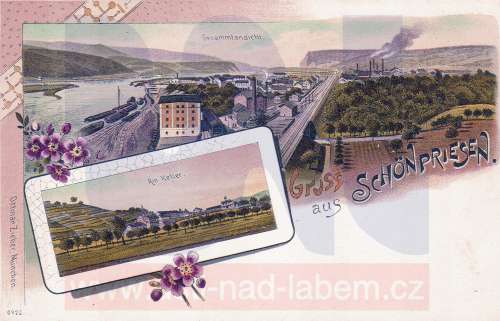
The first written record on Neštěmice dates back to 1188. As late as at the end of the 19th century, Neštěmice was still an unimportant agricultural village with 1 020 houses. A rapid increase in the population changed the character of the municipality. Neštěmice, which did not have even a post office until 1894, turned into an important industrial centre after the refinery was built between 1890 and 1893 and Solvay´s soda manufacturing plant between 1905 and 1908.
The sugar refinery stopped production in 1935, however, before that, with about 800 employees working in the refinery, it produced over a million tons of raw sugar, which was also exported to Asia, Africa and America. The Neštěmice chemicals plant owes its old name to Ernst Solvay (1838-1922), a Belgian chemical engineer. One of his major discoveries was a new and quite simple method of producing soda from limestone, salt and coke. Not only was Solvay an amazingly capable entrepreneur, which is quite uncommon in inventors, but he was also able to make millions out of his inventions. The plant was nationalized in 1945. Its core business until the later 1980's was soda production (compare the annual pre-war production of 70 thousand ton with 120 thousand tons in 1983). The enterprise also specialised in producing chromium salts, calcium chloride, ammonium chloride, road salt and wood stain.
The AKO Neštěmice plant produced photographic plates, films and chemicals in the 1920's and 1930's.
The extensive development that commenced in 1967 and still continues has changed the municipality considerably. In 1970, the municipality became a town. The population amounted to 5 150 in 1980 and Neštěmice merged with Ústí nad Labem in 1986. It seats the municipal district authority.
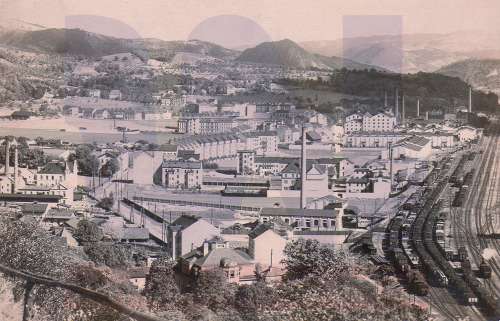
Krásné Březno (Březnice)
The original name of the village was Březnice. The first records about Březnice date back to 1186 and 1188.
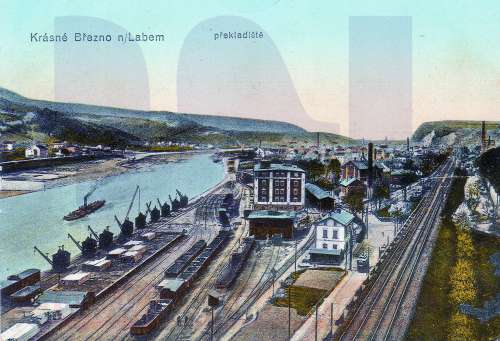
At that time, Březnice was an unremarkable place which only featured a manor yard without any farming buildings. 169 people over 10 years of age lived there as of 1722. The insolvency of the Březnice manor owners meant they quickly succeeded each other.
The village’s population started growing at the end of the 18th century. There were 347 residents and 48 houses in 1831, as well as a mill, school and wine cellars.
The Corvée abolition was followed by important changes in 1848, where the suzerain powers were transferred to the state authorities. This was crucial for the later rapid transformation of a small farming village into an important industrial centre and an industrial neighbourhood of Ústí nad Labem. In 1850, Březnice became a municipality which also had its municipal Assembly of Representatives and Council.
A new brewery was built in Březnice in 1867, and spirit and yeast production plants were set up as early as in 1847. A large sugar refinery employing over 700 workers was built in Březnice in 1883, followed by a worker’s bakery in 1899 and W. Herrmann´s chemicals factory in 1907.
Being situated on the important Prague-Podmokly railway line that opened in 1850, Krásné Březno made the most of its location. Newly established enterprises were connected to the railway line. The municipality also benefited from its location on the River Elbe. The River Elbe navigation had undergone great development as well. A winter port with a transhipment point and huge warehouses was built in Krásné Březno. The port was connected to the railway via a railway siding. The municipality’s population grew quickly along with industrial and transport development: it had 5 795 residents in 1900. Other public offices sprung up in the municipality as well, such as a post and telegraph office in 1874, a railway station opened in 1882, and a tramway line connecting Krásné Březno with Ústí n. L. was put into operation in 1899.
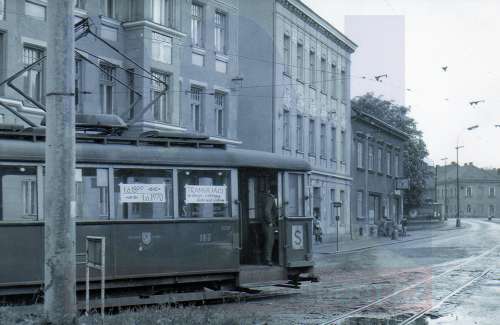
Industrial and transport development influenced the growth of the workforce in proportion to the total population. The farming character of the municipality had completely disappeared by the 1890´s. The Czech population was represented quite strongly, so Krásné Březno was one of only a few district municipalities where the Czech population formed an important minority, which affected efforts to open a Czech school. It was opened here in 1897 as the first Czech school in the district. The sugar refinery and port workers were supporters of an active social democratic party in Krásné Březno. In 1900, Krásné Březno merged with Ústí n. L. as a result of the continuous growth of the municipality, and the distance from Ústí n. L. getting shorter and shorter. In fact, in 1900, Krásné Březno was directly linked to Ústí n. L. in terms of urban planning, and many people from Krásné Březno worked in Ústí n. L.
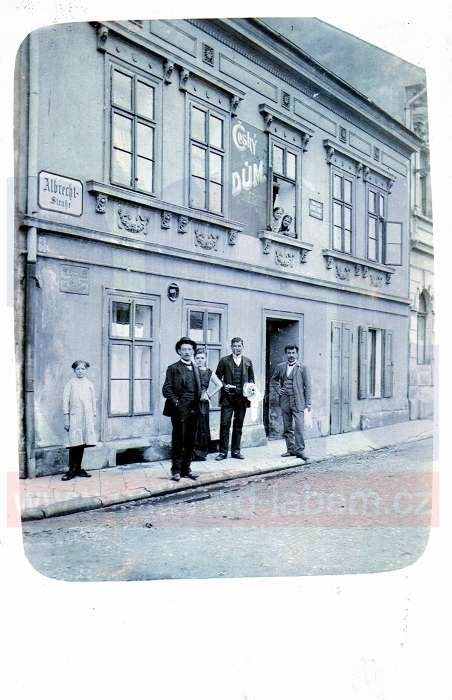
History of Ústí nad Labem, by Kristina Kaiserova, Vladimir Kaiser and collective, 1995
Additional information
A number of interesting articles on older and more recent history of Krasne Brezno and Nestemice accompanied with distinct photos and additional links to be found at http://www.usti-aussig.net/stavby/podleLokality (in the Czech language).
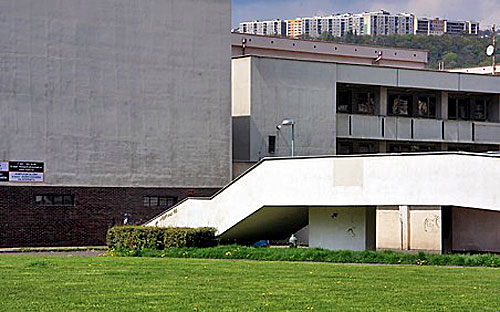
Cultural centre Corso
Photo: Jan Vaca 04/2008